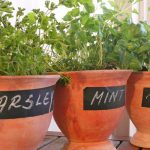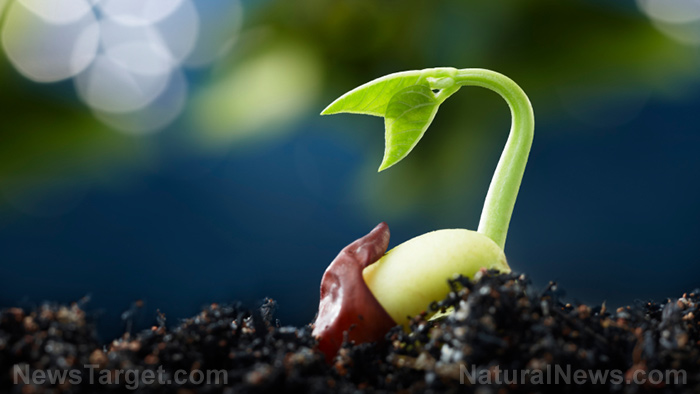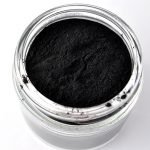
Growing your own food for survival: How to set up and use a terrarium garden
Tuesday, June 12, 2018 by Zoey Sky
http://www.preparedness.news/2018-06-12-growing-your-own-food-for-survival-how-to-set-up-and-use-a-terrarium-garden.html

If you’re a seasoned prepper looking into more ways to grow your own produce, consider learning about terrarium gardening. You can start a terrarium garden even if you’re just a beginner because it’s not as complicated as cultivating a garden plot. (h/t to SurvivalSullivan.com)
While you can get inventive when you start creating your terrarium garden, you have to keep several rules in mind:
- You’ll need a clear container. Depending on the plant that you’ll grow, you will also need a lid to seal the container. You can use vases, carboys (five-gallon jugs made of glass), or aquariums.
- All containers must be made of clear glass or plastic to let sunlight in so you can create ideal conditions inside the terrarium.
You can make either an open or closed terrarium. They’re not that different, except for two things. First, an open terrarium will release humidity so you can grow plants that don’t need too much heat and humidity. Second, a closed terrarium is like a “mini rain forest” where you can grow plants that require similar climate conditions.
Building a terrarium is similar to setting up an aquarium. If you need a top to seal it, acquire one. You can buy specialized terrariums, but you can make do with spare five-gallon water jugs or old glassware that are much cheaper. Just keep your terrarium simple and use a clear container.
Now that you’ve decided on the container, start building the substrate so your seeds can germinate and flourish. This has to be done in layers to “ensure successful germination, growth, and continuation of the life cycle that keeps a thriving ecosystem turning.”
- For the first layer, use something that will let excess water drain through. Use pebbles or sand. Don’t use beach sand, which might introduce harmful bacteria and parasites. Its salt content might also kill your plants.
- Use a thin layer of charcoal for the second layer. The charcoal will filter any harmful gasses from the decomposition process so the air inside stays as clean as possible.
- For the third layer, use something that will keep the soil from draining to the bottom. Several types of moss will work, and cardboard will do in a pinch. Monitor this layer carefully so the topsoil doesn’t drain to the bottom.
- For your topsoil, the best soil to use is “loose, dark, and holds moisture.” You can also use other kinds of soil and since the terrarium is a tiny ecosystem, it will usually amend the soil quickly. You can speed up the process by adding plant clippings sparingly to the topsoil.
Before you plant the seeds, take note of how much sunlight your terrarium will be getting. Make sure that it gets indirect instead of direct sunlight, which would be magnified by the glass or plastic and make it too hot inside. Monitor your terrarium daily and make small adjustments when needed. If you notice the plants start wilting, move the terrarium away from the light source.
You can also grow terrariums under grow lights, especially if you want to keep them in your basement or apartment garden. But you still need to monitor them daily because too much light from grow lights can cause too much heat and humidity that might kill your plants.
What to grow in your terrarium garden
Herbs like sage, thyme, oregano, and mint thrive in terrariums. You can also grow other herbs as long as you know what its ideal conditions are. Tomatoes and dwarf pineapples can also be grown in terrariums.
You can maximize your growing potential using companion planting. This means planting several kinds of plants near each other to give them ideal growing conditions. For example, gardeners will grow leafy lettuce varieties near tomatoes so when the old lettuce leaves die and fall off, mulch will form around the tomato plant.
To do this with terrarium gardens, you’ll need open lids. Try growing smaller figs, grapes, and berries (like dwarf tophat blueberries). For leafy greens, try some spinach.
You can learn more about homesteading and gardening at Homesteading.news.
Sources include:
Tagged Under: Tags: bug out, disaster, food, gardening, home and life, Homestead, homesteading, how to, off grid, Off-the-grid living, preparedness, prepper, prepping, self-sufficient, SHTF, survival, survival garden, survival skills, survivalist, sustainable living, terrarium, terrarium garden





